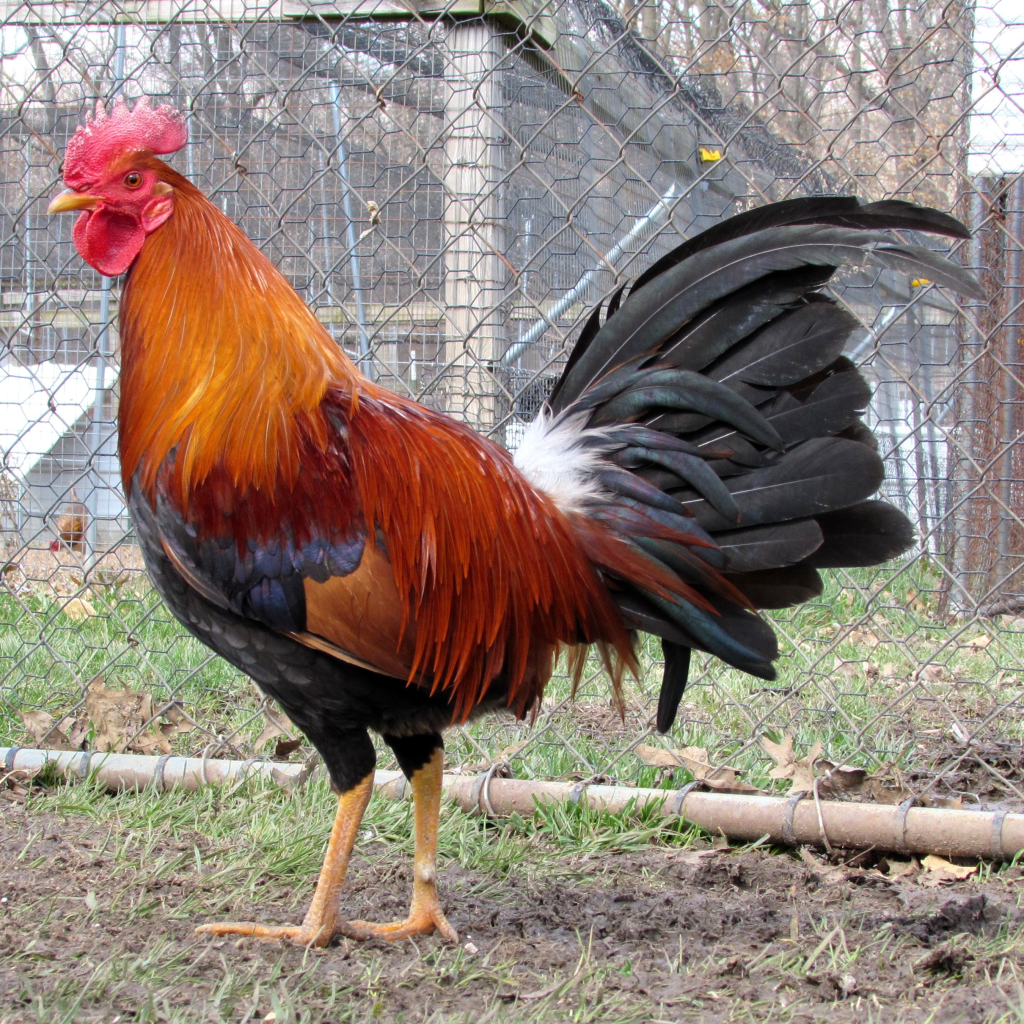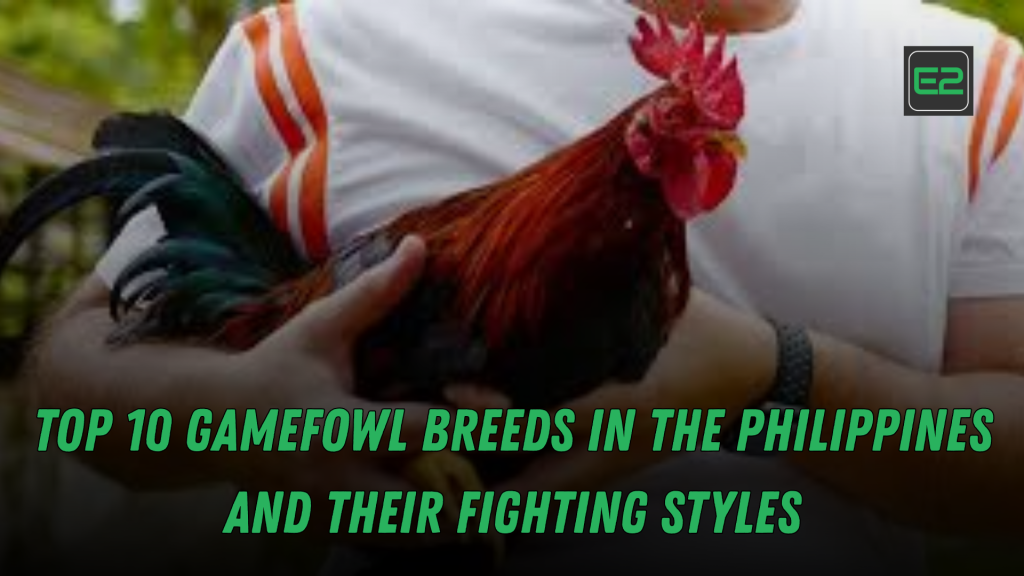Table of Contents
A Legacy of Tradition and Strategy
In the Philippines, gamefowl cockfighting—locally known as sabong—is more than just a pastime. It’s a tradition deeply woven into Filipino culture, blending elements of history, breeding science, and strategic gameplay. For sabong enthusiasts, knowing the best gamefowl breeds in the Philippines and understanding their fighting styles is essential not only for victory but for upholding a time-honored sport.
In this article, we’ll break down the top 10 gamefowl breeds dominating Philippine arenas and explore the unique combat characteristics that make each one stand out.
1. Sweater
Origin: United States
Fighting Style: Aggressive and relentless
Sweaters are among the most popular breeds in the Philippines. Known for their aggressive offense and cutting precision, these birds are often chosen for their ability to finish fights quickly.
Key Traits:
- High-speed attacks
- Excellent leg power
- Relentless forward fighting style

2. Kelso
Origin: United States
Fighting Style: Smart and evasive
Kelsos are renowned for their intelligence in the pit. Unlike the all-out style of the Sweater, Kelsos are more strategic, combining well-timed attacks with evasive footwork.
Key Traits:
- Tactical fighters
- Good counter-attacks
- Durable and well-rounded

3. Roundhead
Origin: United Kingdom/USA
Fighting Style: Counter-attacker with strong defense
Roundheads are highly favored for their defensive instincts and ability to outwit opponents. Their calm demeanor in the ring makes them perfect for matches that require timing and patience.
Key Traits:
- Excellent defense
- Accurate counter-strikes
- Balanced power and endurance

4. Hatch
Origin: United States
Fighting Style: Power puncher with strong bottom
Hatch gamefowls are built for power and resilience. Known for their strong legs and deep game, Hatch breeds can take punishment and still finish strong, making them ideal for long matches.
Key Traits:
- Bone-crushing kicks
- Tough stamina (deep game)
- Great for crossing with other breeds

5. Albany
Origin: United States
Fighting Style: Versatile and unpredictable
The Albany is a versatile gamefowl that combines speed, smarts, and toughness. It adapts well to its opponent, making it a favorite among seasoned sabungeros.
Key Traits:
- Adaptable fighting style
- High-level stamina
- Good wing timing

Traditional vs. Modern Sabong: How the Sport Has Evolved in the Philippines
6. Lemon 84
Origin: Philippines (crossbreed)
Fighting Style: Fast and flashy
Lemon 84 is a homegrown favorite. It is known for its blazing speed and fast cutting ability. This breed is often used in the Philippine derby circuit due to its winning consistency.
Key Traits:
- Very quick on the ground
- Impressive cutting accuracy
- High winning percentage in local derbies

7. Bulik (Pyle)
Origin: Philippines
Fighting Style: Stylish and strategic
Bulik breeds are native to the Philippines and are easily identified by their distinctive feather patterns. Though not as aggressive, they make up for it in style and strategy.
Key Traits:
- Eye-catching appearance
- Moderate aggression
- Smart in reading opponents

8. McLean Hatch
Origin: USA
Fighting Style: Ground-based powerfighter
A variant of the Hatch line, the McLean Hatch is known for its lower center of gravity and ground dominance. These birds don’t rely on flying kicks but instead dominate through close combat.
Key Traits:
- Strong legs and body
- Ground superiority
- Long-lasting stamina

9. Claret
Origin: USA
Fighting Style: Accurate, high-flyer
Clarets are known for their precision and high-flying attacks. Though less common than Sweaters or Kelsos, Clarets are formidable when matched correctly, often ending fights with one well-placed strike.
Key Traits:
- Fast aerial attacks
- Good timing and balance
- Best used in crossbreeds

10. Radio
Origin: USA
Fighting Style: Showman with flash cuts
The Radio breed is popular for its flashy fighting style. It’s not just about power—it’s about style, confidence, and strategic flair. Radios are showstoppers in the pit, drawing attention with every move.
Key Traits:
- Flashy, crowd-pleasing moves
- Good at mind games in the pit
- Fairly durable and strong

Choosing the Right Breed: Factors to Consider
When selecting a gamefowl for breeding or competition, sabong enthusiasts should take into account:
- Opponent’s breed and style
- Ring size and rules (short knife vs. long knife)
- Bird’s health, training history, and temperament
- Crossing potential for hybrids
Mixing breeds, such as Sweater-Kelso or Hatch-Roundhead, can result in hybrids that combine speed, power, and intelligence—ideal for modern sabong environments.
Breeding for Success: Why Bloodlines Matter
In sabong, bloodline is everything. A well-documented lineage means breeders can predict fighting style, physical traits, and resilience. That’s why serious breeders maintain detailed family trees, often investing heavily in imported bloodlines or proven local champions.
Top Tips:
- Always track performance across generations
- Avoid inbreeding; opt for controlled linebreeding
- Test offspring in controlled sparring before actual derbies
The Art and Science of Sabong
Whether you’re a veteran sabongero or a newcomer to the sport, understanding the top gamefowl breeds in the Philippines and their fighting styles is key to success in the cockpit. Each breed offers unique strengths, and knowing how to harness these can make the difference between a win and a loss.
The evolution of sabong in the Philippines continues—fueled by breeding innovation, refined training techniques, and, most importantly, the passion of the Filipino people.
What’s Your Favorite Gamefowl Breed?
Are you a fan of the aggressive Sweater or the tactical Kelso? Have you tried breeding your own gamefowl lines?
Share your thoughts and experiences in the comments below
Follow us for more insights on gamefowl breeding, training tips, and sabong stories
Don’t forget to subscribe to our newsletter for the latest in sabong culture and competitions
Because in the world of sabong, every feather, every bloodline, and every strike matters.
